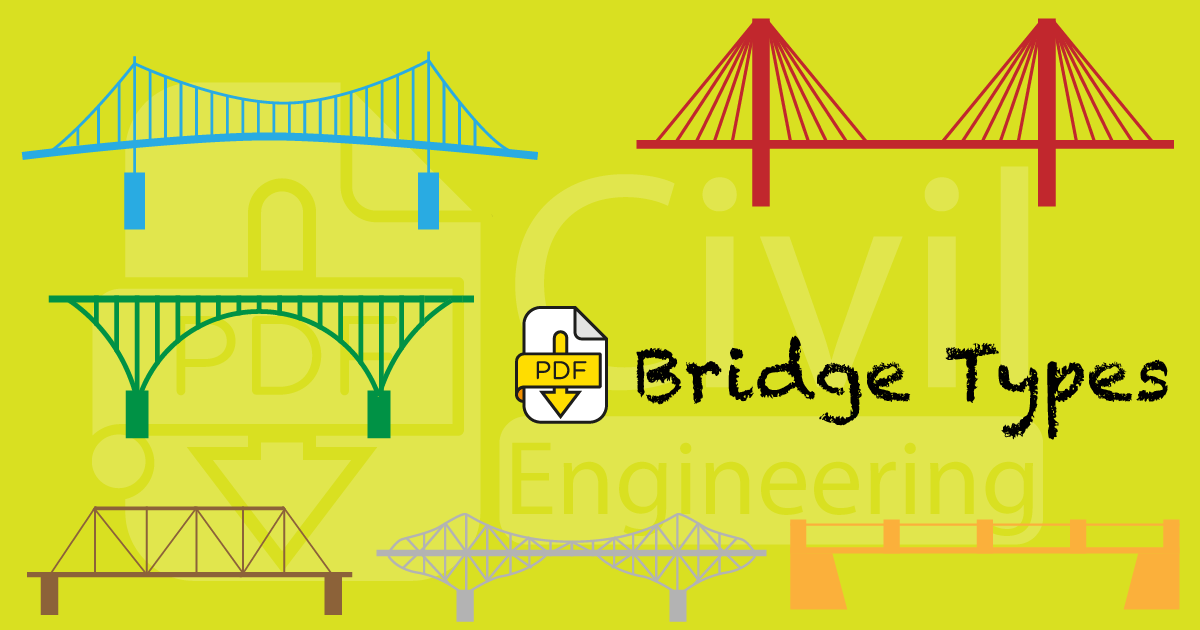Bridges are an essential part of our infrastructure, connecting communities and allowing for the smooth flow of traffic and commerce. There are many different types of bridges, each with its own unique set of features and benefits. From the towering suspension bridges to the sturdy truss bridges, each type of bridge is designed to meet specific needs and overcome specific challenges.
In this article, we will explore the different types of bridges, including suspension, cable-stayed, truss, beam, and arch bridges. We will examine their design, construction, and function, and learn about the advantages and disadvantages of each type of bridge. Whether you are an engineer, a construction professional, or simply someone interested in the fascinating world of bridges, this article is the perfect starting point for your journey.
GIRDER BRIDGE
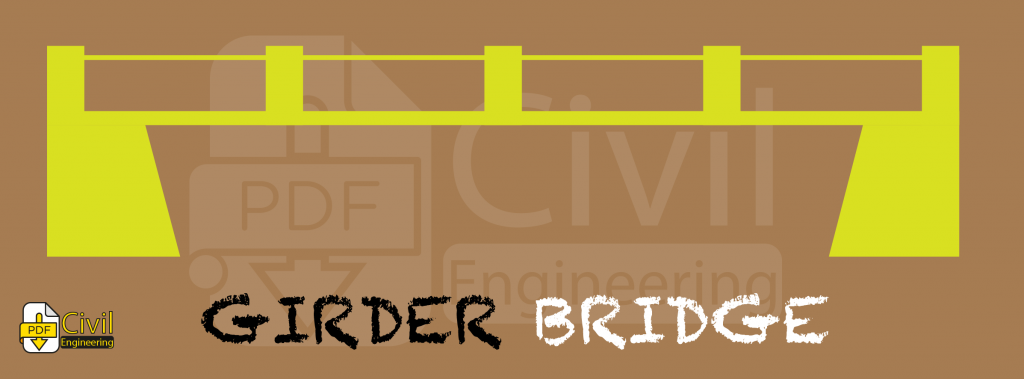
A girder or beam bridge is arguably the most basic bridge. A log across a creek is an example of a girder bridge in its simplest form. Modern steel girder bridges often use I-beams or box girders in their construction.
EXAMPLE: The 2,165 foot Poplar Streeet Bridge.
TRUSS BRIDGE
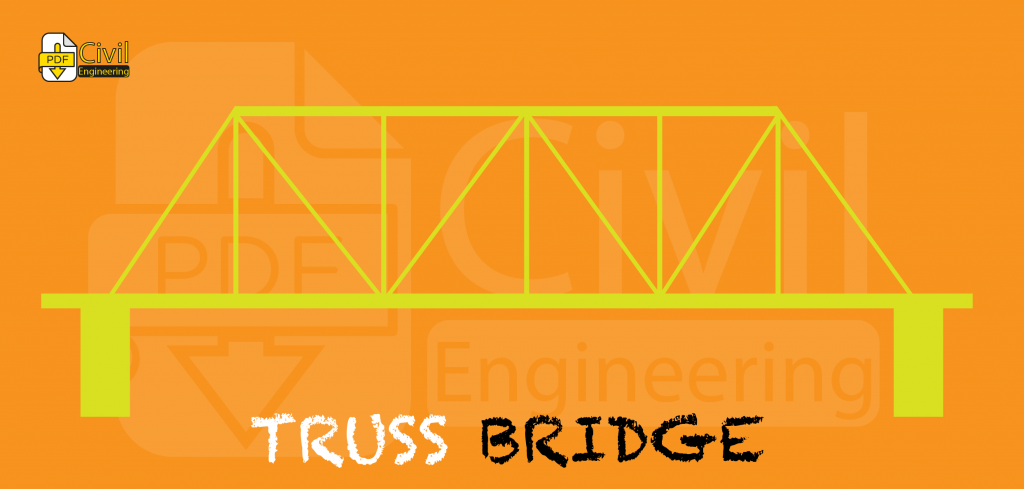
The truss is a simple skeletal structure. In theory, the individual parts of a simple truss are only subject to tension and compression forces but not bending forces. Trusses are made up of small beams that when put together can support large amounts of weight and also span great distances.
EXAMPLE: The Old Chain of Rocks Bridge is a one-mile-long truss bridge with a dramatic joint in the center.
ARCH BRIDGE
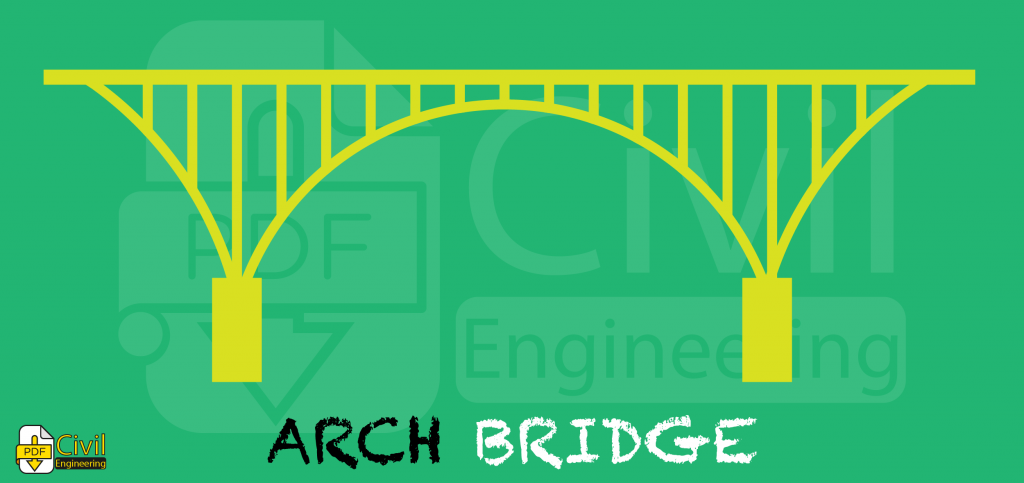
The second oldest bridge type, the arch doesn’t require piers in the center. Arches use à curved structure. This provides high resistance to bending forces. Arches can only be used where the ground or foundation is solid and stable.
EXAMPLE: The Eads Bridge has a three-arch span that totals 1,647 feet.
CANTILEVER BRIDGE
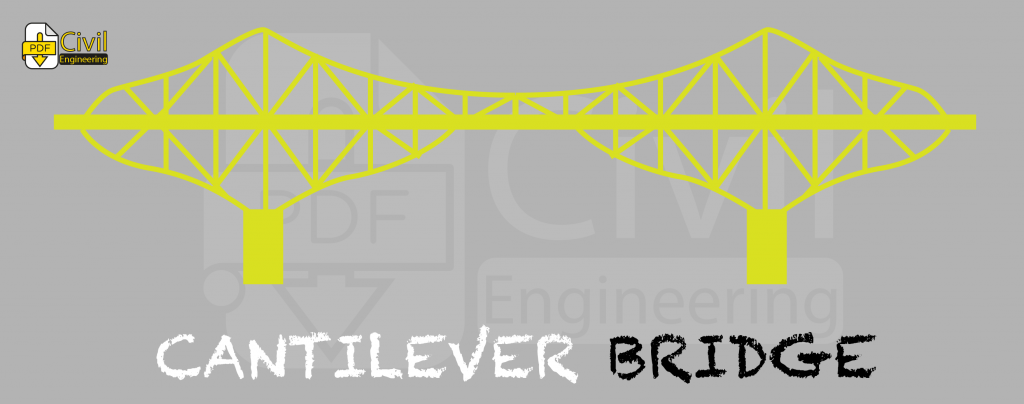
A cantilever bridge is a ▸ modified form of beam bridge. The support is in the middle of a span, not the end. The advantage to a cantilever bridge is its ability to span wide spaces without the need of extensive and expensive support while under constuction.
EXAMPLE: The Greater New Orleans Bridge over the Mississippi River.
CABLE-STAYED BRIDGE
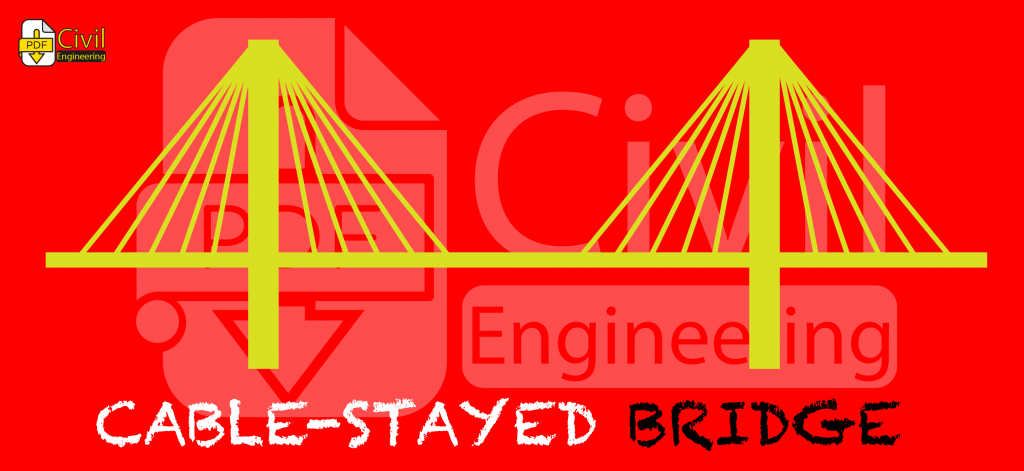
A typical cable-stayed bridge is a continuous girder with one or more towers erected above piers in the middle of the span. Cables stretch down diagonally (usually to both sides) and support the girder from the towers.
EXAMPLE: The Clark Bridge crossing the Mississippi going to Alton.
SUSPENSION BRIDGE
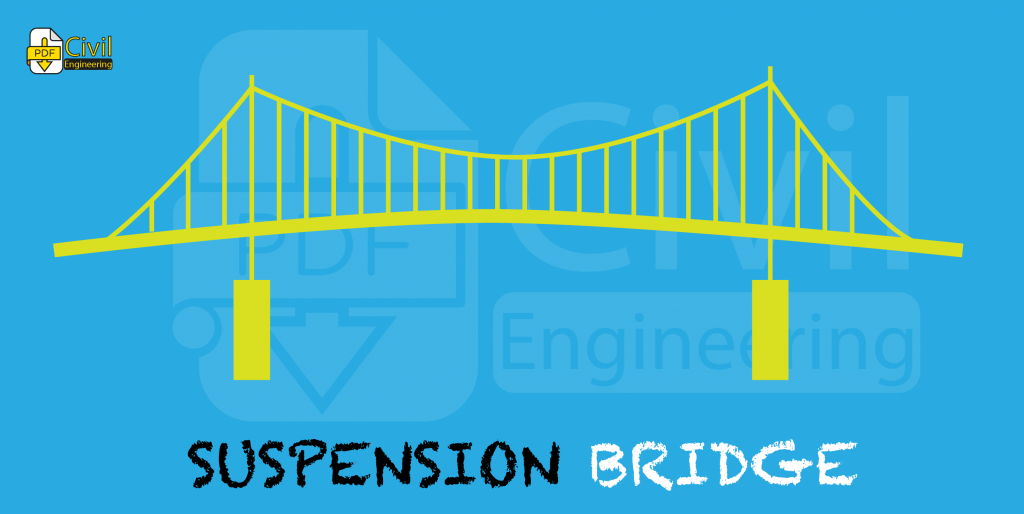
The suspension bridge allows for the longest spans. A typical suspension bridge is a continuous girder with one or more towers erected above piers in the middle of the span.
EXAMPLE: The Golden Gate bridge in San Francisco.
The 1-35W bridge that collapsed Wednesday in Minneapolis was designed as a “non-redundant” truss structure. Non-redundant bridges require less material and are cheaper to build but have no other pathways for loads to be disbursed in the event of a failure. That design has caused problems with some other bridges, including the Silver Bridge that collapsed into the Ohio River in 1967 at the height of rush hour, carrying 31 vehicles and 46 people with it. Experts says greater redundancy could prevent a progressive collapse of a bridge.
